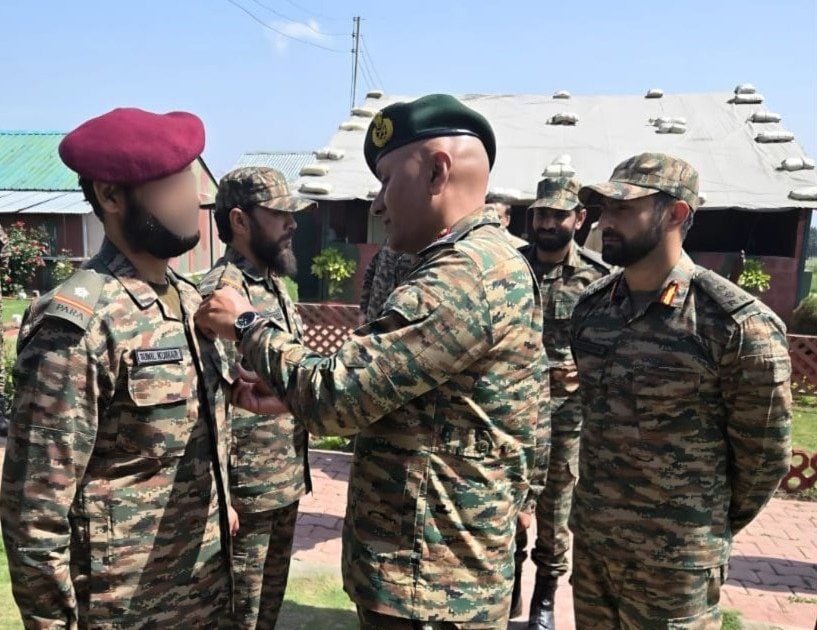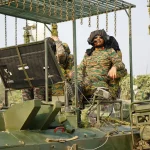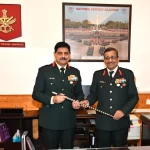In a high-stakes move reflecting rising regional tensions, Lieutenant General Pratik Sharma, Army Commander of the Indian Army’s Northern Command, conducted a strategic review of security and operational preparedness in the Kashmir Valley. The visit follows the deadly Pahalgam terror attack on April 29, which killed 26 people, mostly Indian tourists, and further strained ties between India and Pakistan.
During his inspection, Lt Gen Sharma commended the troops for their proactive spirit and operational excellence, emphasizing the Army’s dual objective of dominating both the cognitive and physical domains. His review took place at a key Rashtriya Rifles base, highlighting the role of specialized counter-insurgency forces in maintaining stability in Jammu and Kashmir.
The visit comes shortly after Lt Gen Sharma assumed command on May 1, 2025, following a distinguished career that includes roles as Deputy Chief of Army Staff (Strategy), Director General of Military Operations, and Director General of Information Warfare. His arrival at the helm signals a strong focus on strategic deterrence and information dominance in one of India’s most volatile theatres.
Visuals from the visit show the Army Commander interacting with soldiers, awarding commendation medals, and discussing tactical updates with senior officers against the scenic yet conflict-scarred backdrop of the Kashmir Valley.
The visit also coincides with a period of heightened military activity along the Line of Control. On May 7, 2025, the Indian military launched precision missile strikes on terror camps located in Pakistan and Pakistan-administered Kashmir, in retaliation for the Pahalgam attack. In response, Pakistan claimed to have downed five Indian jets using Chinese-made J-10C fighters—a claim not confirmed by India but one that has sparked widespread media scrutiny and diplomatic warnings.
The Rashtriya Rifles, formed in 1990 and operating under the Armed Forces Special Powers Act (AFSPA), remains central to India’s counter-insurgency strategy. Its success in declaring areas like Doda and Tral militancy-free has been a cornerstone of India’s internal security efforts post the abrogation of Article 370 in August 2019.
Amid growing external threats from China and proxy warfare by Pakistan, the Northern Command continues to play a pivotal role in India’s defense architecture, managing both the western border with Pakistan and the Line of Actual Control with China. Reports highlighting the increasing deployment of Chinese-origin technology in Pakistan’s arsenal—such as drones, radar systems, and fighter aircraft—add urgency to India’s readiness initiatives.
Lt Gen Sharma’s review signifies a renewed operational push, blending counter-insurgency effectiveness with broader strategic deterrence. As the Kashmir Valley remains a strategic flashpoint, the Northern Command’s leadership under Sharma is poised to strengthen India’s military posture amid volatile geopolitical dynamics.













